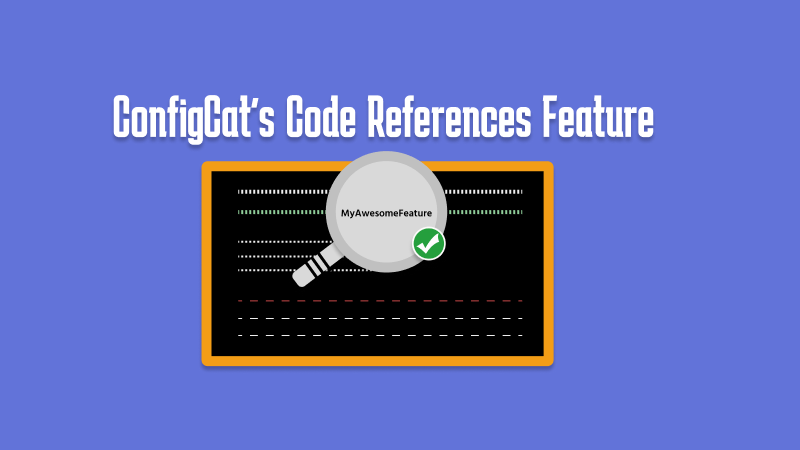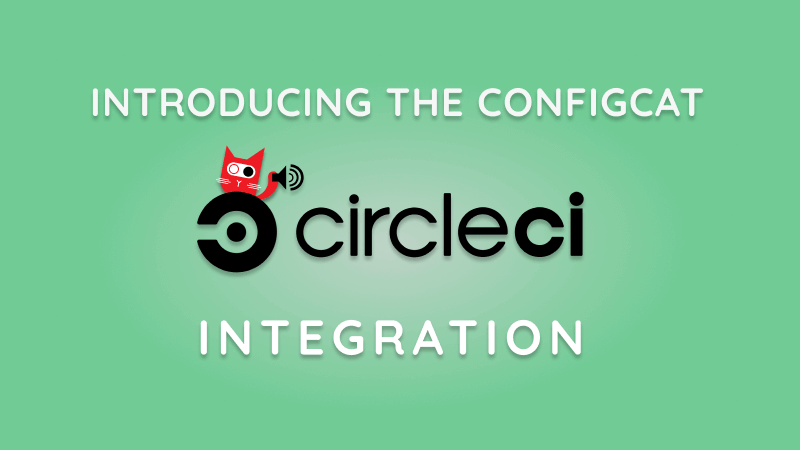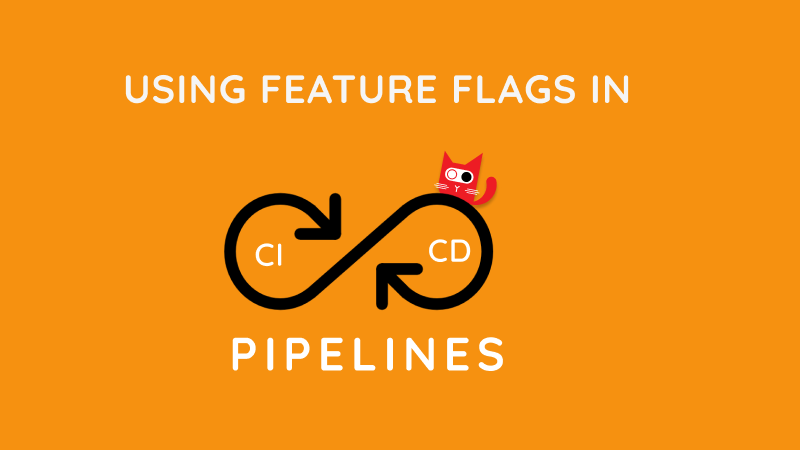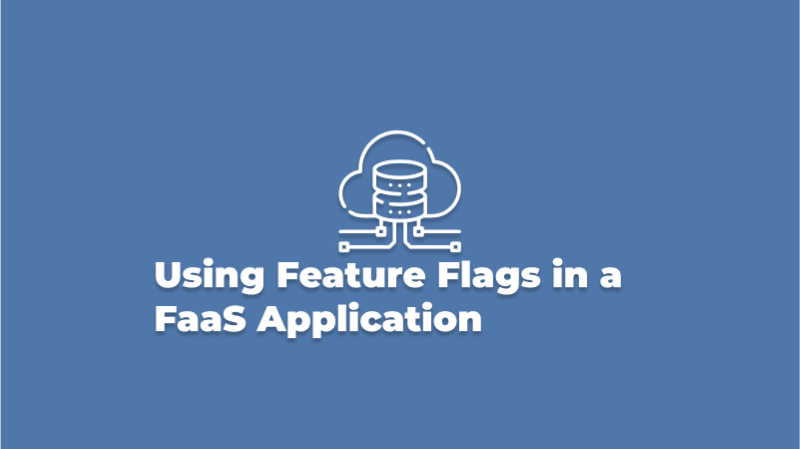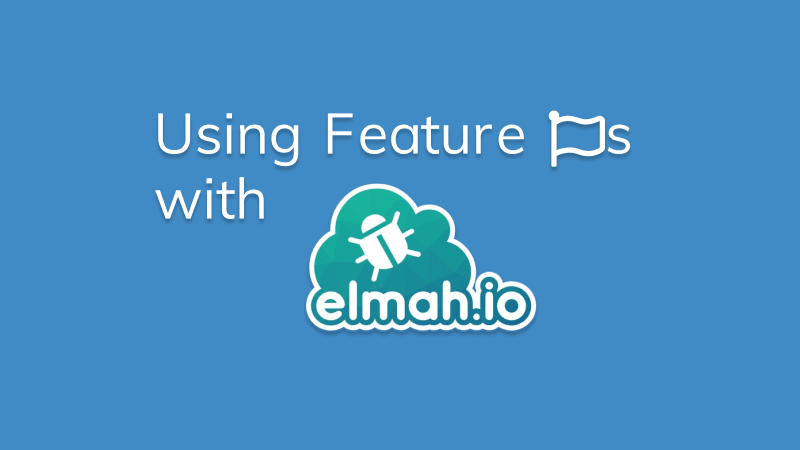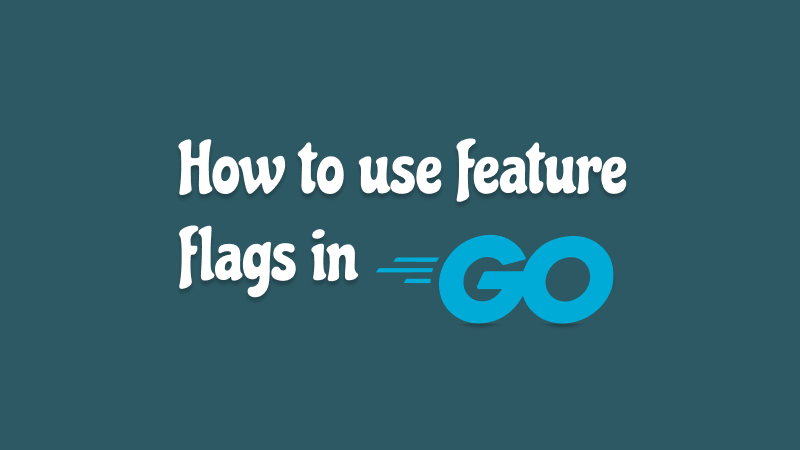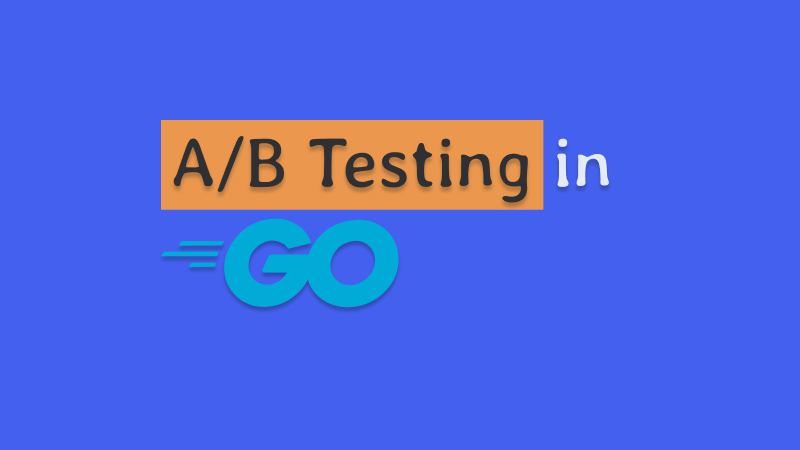Introducing ConfigCat's code references feature
The primary goal of many software companies today is to keep end users engaged with their software by releasing new features and updates. This is made possible via a mechanism known as feature flagging. As software applications grow and scale to the ever-increasing demand for new features, another problem arises. It is easy to lose track of where we use feature flags throughout our code. This results in forgetting to remove them when their features have been fully implemented and deployed. How do we fix this?
